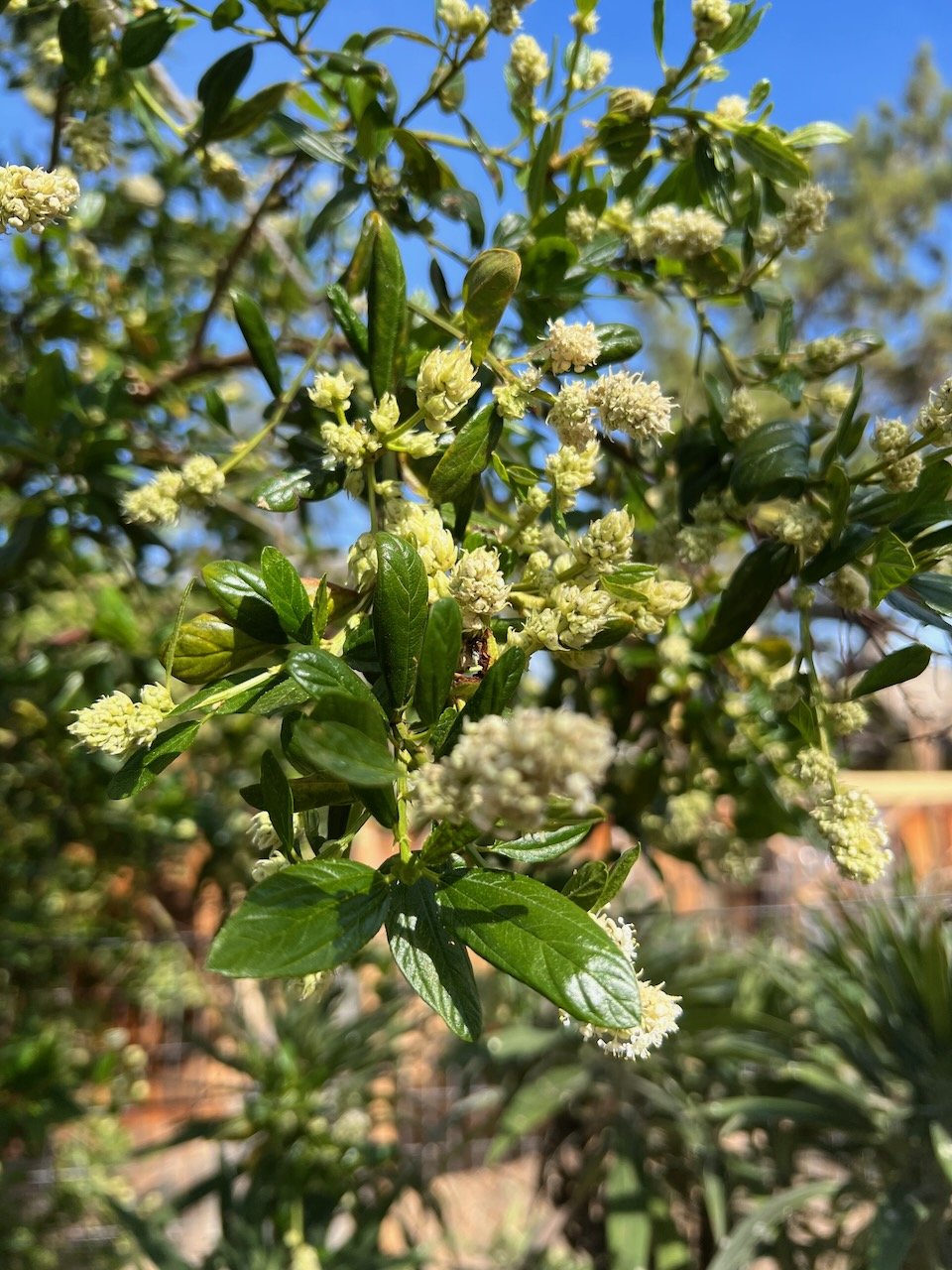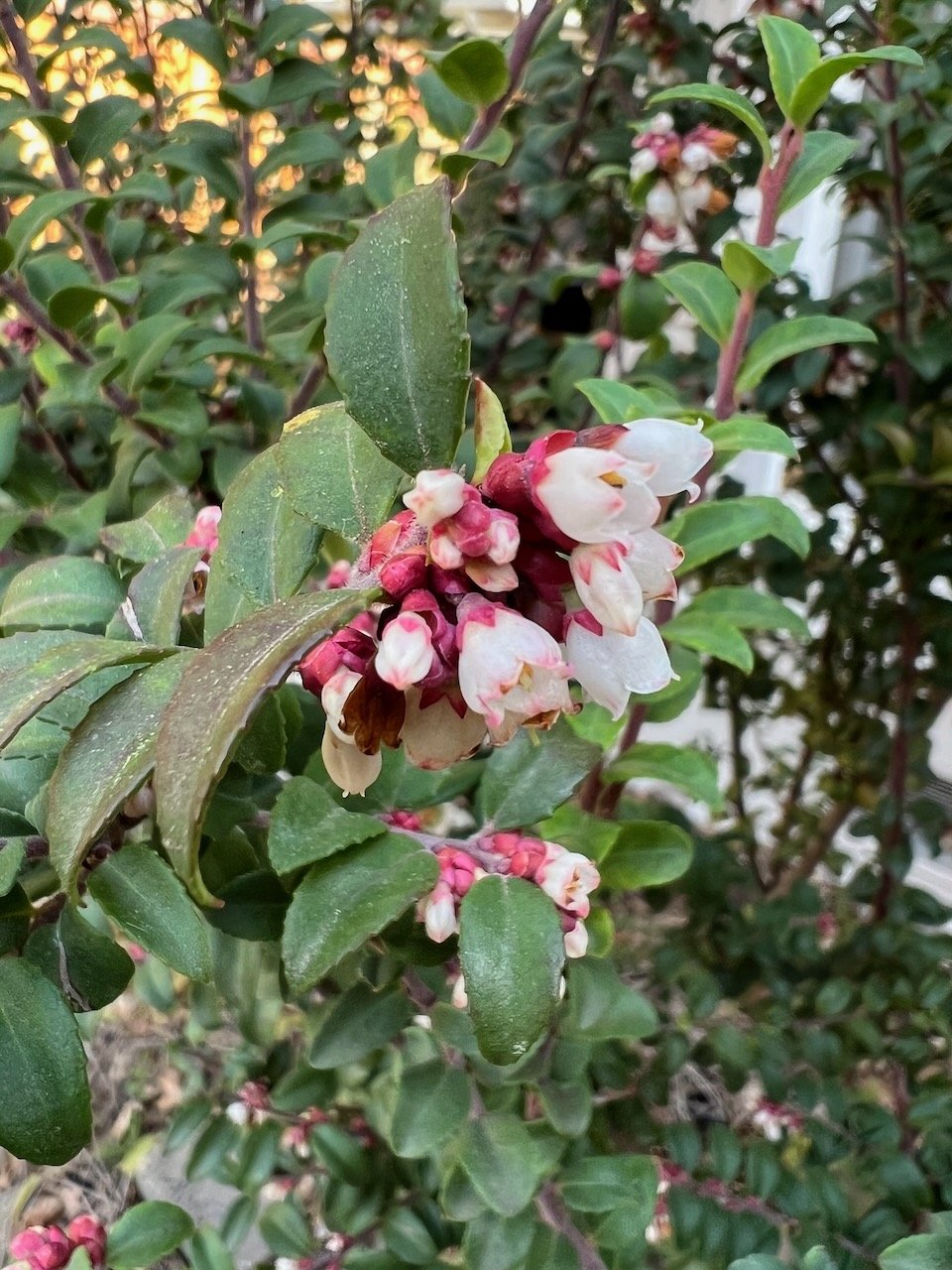Last Friday, I picked up these four chickens from our local feed store. I ordered them from Dare2Dream Farms in Lompoc, which is where I’ve gotten many of our chickens over the years. They delivered them to the feed store for a small fee, I met their van at the appointed time, the chickens were boxed up for me, and I brought them home.
I installed them in a large dog crate made of wire mesh, that we bought years ago expressly for this purpose. Tom sets this crate up in the coop, underneath the hen house. I line it with straw, add a waterer and feeder, and then that’s the new chicken home for a few days. They can see out, the old chickens can see in, everyone has a chance to get used to each other before being thrown into a turf war.
Best practices dictate that you isolate the new chickens for a period of weeks to make sure they have no infections, but I just don’t have the capacity for that, either space-wise or brain-wise. I trust the farm where we got them, I know they’ll have plenty of fresh air and good food in our garden, and my old chickens are, well, old. One of them is showing signs of being egg bound and is likely not long for this world anyway, and the other is extremely robust.
It’s the robust chicken (Florence, a Plymouth Barred Rock) that made me order these new chickens to add to our flock. Chickens don’t like to be left alone, and Florence was destined for that. If I had introduced new chickens to the coop and Florence was the only one there, she would be pecked mercilessly. This way, the odds are better. The old chickens bully the young ones, but there are more of the young ones and so the ratio works out.
Anyway, they were all separated for a couple of days; it probably should have been longer, but I am always impatient to get the cage match out of the way. So Sunday night, after dark, Tom and I lifted the young chickens up into the hen house and put them on the bars to roost. The next morning everyone came down together, and while I can’t say they are bosom friends, everyone is mostly getting along.
The new chickens are not quite old enough to lay, but we should be getting lots of fresh eggs starting in a month or so. Yay for spring frittatas!
Oh, I forgot to say: We named these chickens after characters in a show we watch on PBS: Call the Midwife. It’s a great show, with nuns and nurses all tending to the women of post-war East End London. If you’ve seen it, you’ll know what I mean when I say the chicken’s essential characteristics seem to exactly match those of the show’s characters. Sister Monica Joan the character is a bit perplexed; so is Sister Monica Joan the chicken. Sister Julienne and Shelagh are best buddies and both very gentle. Trixie preens a lot and is a bit forceful. We are enjoying finding new appropriate names each time we get new chickens.






































